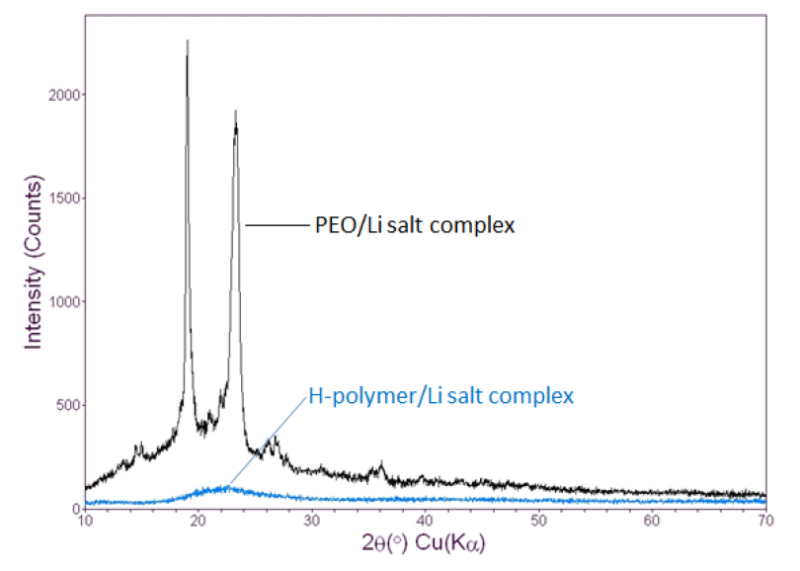Enhanced TDS
Knowde-enriched technical product data sheet
Identification & Functionality
- Chemical Family
- Industrial Additives Functions
- Technologies
- Product Families
- Components
PEO-based polymer electrolyte with lithium salt
Features & Benefits
- Industrial Additives Features
- Product Highlights
Electrolyte Materials for All Solid State Batteries
A long trusted source for custom developed materials used in lithium ion batteries, NEI Corporation is your go to source for commercial and custom solid electrolyte materials. Solid electrolytes conduct lithium ions at room temperature and can potentially replace conventional organic electrolytes, which are flammable and toxic, thereby drastically improving the safety of batteries. NEI is actively involved in producing different solid electrolyte materials of both oxide and sulfide based compositions, as well as polymer based electrolyte materials.
Applications & Uses
- Markets
- Applications
- Battery Type
- Industrial Additives End Use
- Uses
- H-polymer can be used as a separator, by itself, or in combination with an inorganic solid electrolyte.
- H-polymer can also be used as a lithium-ion conductive binder to reduce the interfacial resistance between cathode or anode particles.
- Application Notes
- H-polymer readily dissolves in common organic solvents such as acetonitrile.
- A 10 – 20% by weight concentration is recommended.
- As a conductive binder, H-polymer can replace part of the PVDF binder and is soluble in NMP.
Properties
- Physical Form
- Physical Properties
Value Units Test Method / Conditions Crystallinity Amorphous - - Glass Transition Temperature max. 0 °C - Ionic Conductivity (at Room Temperature) 5 x 10⁻⁵ S/cm -
Technical Details & Test Data
- XRD patterns of H-polymer and PEO

Packaging & Availability
- Available For Purchase
NEI’s solid electrolyte materials are available for purchase in lots of 10g, 25g, 50g and 100g (larger quantities also available upon request). All of our materials are made in house & shipped directly to you
Storage & Handling
- Storage and Handling
- Precautions for Safe Handling
Appropriate personal protective equipment should be used at all times. Avoid contact with eyes and skin. Toxic if swallowed or in contact with skin. Provide good ventilation or extraction, and avoid breathing vapors. Avoid formation of dust. - Conditions for Safe Storage
Keep container tightly closed in a dry and well-ventilated place. Storage class (TRGS 510): Non-combustible, acute toxic Cat.3 / toxic hazardous materials or hazardous materials causing chronic effects
- Precautions for Safe Handling